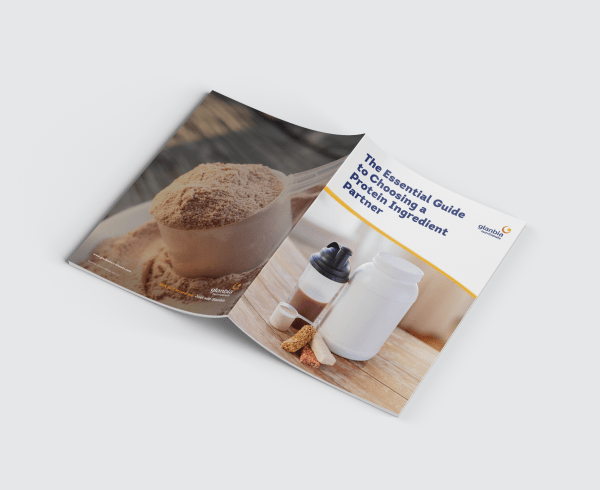4 Metrics Used in Personalizing a Protein Powder
In the US, the personalized protein powder market is currently made up of just a handful of companies. All of them rely on one or more of these four approaches to develop their personalized protein powders:
1. Assessment
The broadest approach, assessment is based on questionnaires that ask about factors such as height, weight, gender, medical history, dietary preferences, and fitness goals.
2. Biomarkers
Biomarker analysis is a more advanced approach that typically utilizes blood tests to determine the body’s nutritional status, including nutrient deficiencies and excesses.
3. Microbiome
Some personalized nutrition brands may include stool sample testing to evaluate the gut microbiome, which influences metabolism, energy balance, and nutrient utilization.
4. Genetics
Nutrition can also be personalized with DNA testing (typically via a saliva swab) by assessing genes linked to carbohydrate metabolism, appetite regulating hormones, and more.
Personalized Protein Formulation Strategies and Examples
Besides using different approaches to collect consumers’ health data, companies also use different strategies to deliver personalized nutrition. One strategy is personalization by combination. Care/of recommends several individual products (based on assessment) that together address the consumer’s needs. This might include Care/of Creatine for high-intensity exercise, Plant Protein for muscle recovery, and Chia-Flax for added fiber.











